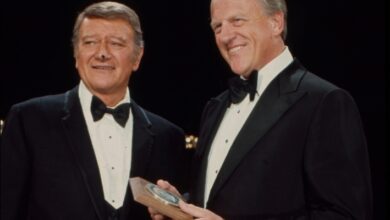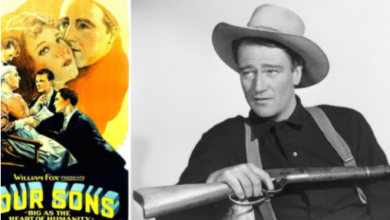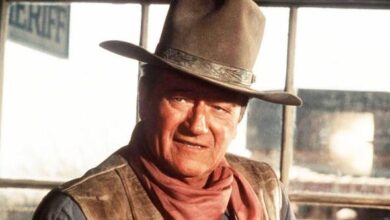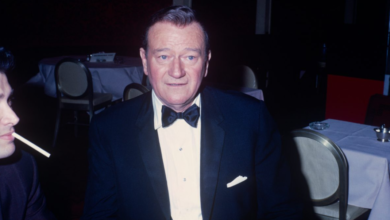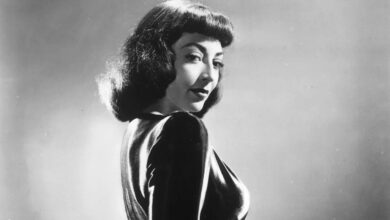John Wayne’s Casting Made Funding Stagecoach A Struggle For John Ford
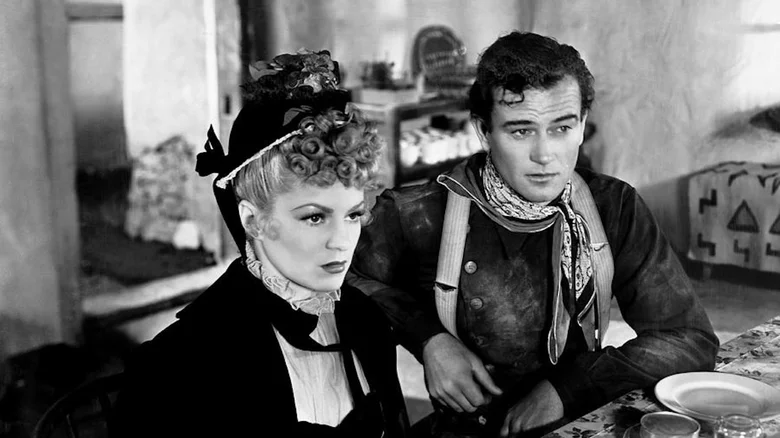
John Ford was considered one of the top directors in Hollywood when he decided to make an elevated Western in 1939’s “Stagecoach.” The notion struck many in the industry as odd. Westerns were generally considered programmers, and, thus, beneath the talents of a man who’d won the 1935 Best Picture Oscar for “The Informer.” But Ford was enamored of Ernest Haycox short story “The Stage to Lordsburg,” and believed the public was ready for a fresh take on the genre. He also thought the ensemble film’s lead, John Wayne, was at long last ready to become a star.
The rest of Hollywood was not so certain. If Ford was serious about taking on this so-called “classic Western,” why was he hellbent on casting Wayne, an actor of seemingly limited range scrapping it out in B movies?
Few in the industry understood what Ford was attempting. In fact, one of his most vital associates, David O. Selznick, wanted absolutely no part of “Stagecoach.”
Never doubt John Ford when he’s taking on a Western
United Artists
According to David Welky and Randy Roberts’ “John Wayne: Treasures,” the brash Selznick loathed just about every aspect of “Stagecoach.” He didn’t want to make an ensemble Western with anyone, much less a downmarket star like Wayne. This project was not worthy of Ford, and nothing in which Selznick wanted to invest. Undaunted, Ford modified his pitch to appeal to the finicky producer. Per Welky and Roberts:
“Ford and his partner at Pioneer Pictures, Merian Cooper, explained the importance and potential of ‘Stagecoach’ as a new breed, a ‘classic Western.’ Slowly, Selznick began to come around. Perhaps with a few big name stars – maybe Gary Cooper and Marlen Dietrich – the script’s love interest could be built up enough to give the film box-office punch, he thought.”
Alas, Wayne and Claire Trevor were already cast. Realizing they were going to get nowhere with Selznick, Ford and Cooper took the film to United Artists’ Walter Wanger, a more mild-mannered producer who, if nothing else, wouldn’t enforce his personality on the project. This proved a pretty good fit, though Wanger, like everyone else in Hollywood, did not understand Ford’s allegiance to Wayne. Nevertheless, he was eager to hook up with a filmmaker of Ford’s stature, so he accepted the casting and the rest is history.
Amusingly, Selznick eventually overcame his allergy to “classic Westerns,” and attempted to make the apotheosis of the form with 1946’s gloriously overheated “Duel in the Sun.” Though the film has since been embraced by modern critics and championed by Martin Scorsese, it received mixed reviews at the time and fell far short of commercial expectations (Selznick believed he had the “Gone with the Wind” of Westerns). It was the last Western Selznick would ever make.

